The Help the Turtles project on iNaturalist Canada hit a major milestone in July of this year: 100,000 observations of turtles in Canada!
This is an amazing accomplishment and an unprecedented view of turtles in this country. A huge thank you to the almost 18,000 people that took the time to document turtles across Canada.
What can we learn about turtles from so many observations?
1. Painted Turtles are #1
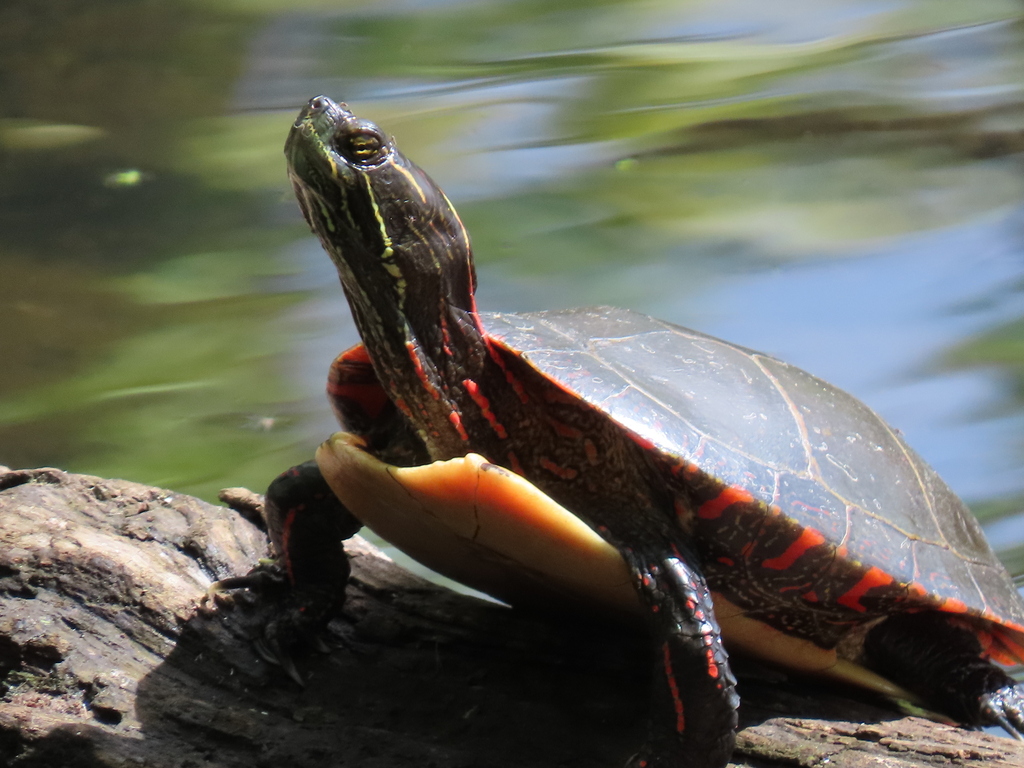
First of all, turtles are found across the country, from the west coast to the east coast. Not surprisingly, the Painted Turtle is the most reported turtle in Canada, making up roughly half of all turtle observations. Why are Painted Turtles #1? They are found in every province from British Columbia to Nova Scotia, they remain abundant and are easy to observe as they commonly bask on logs in larger numbers in wetlands even in major cities. The Snapping Turtle is the second most reported turtle, making up roughly a quarter of all turtle observations. They remain widespread in Ontario and much of eastern Canada. Just over half of the observations were made during May and June, just before and during the turtle nesting season.
Despite turtles being reported across Canada, there are big differences among the provinces. Just over 80 per cent of all turtle observations are from Ontario. This reflects the abundance and diversity of turtles in Ontario, but also the high number of iNaturalist Canada users in this province. We definitely need more turtle observations from other provinces. For example, there are only about 500 turtle observations from New Brunswick, compared with 80,000 observations in Ontario!
2. We have sea turtles, too!
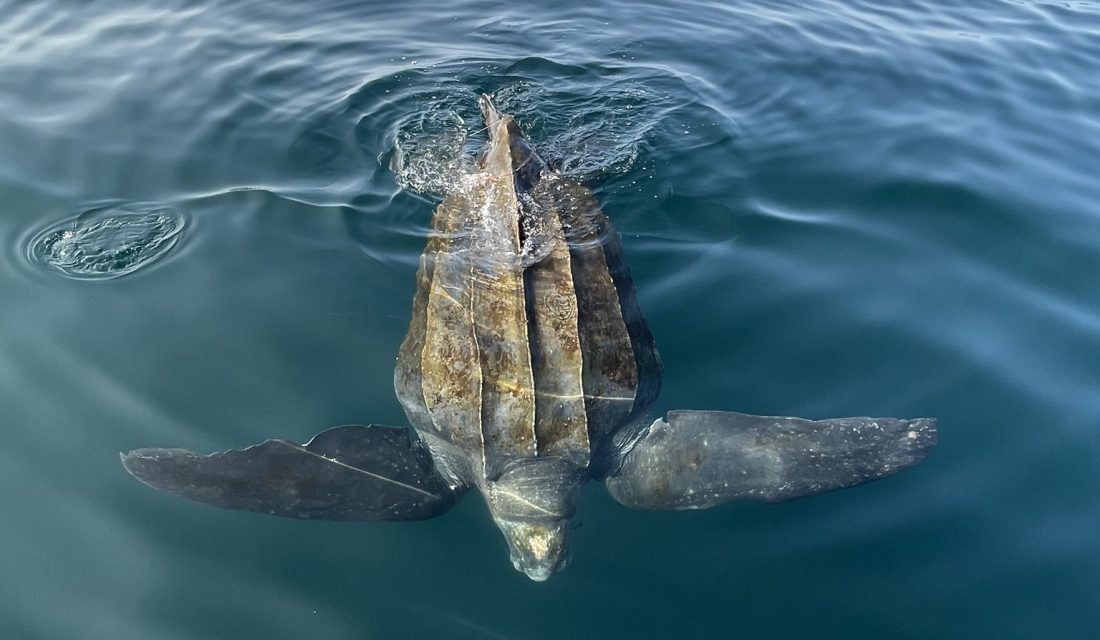
Although most people associate sea turtles with tropical areas, five species of sea turtles have been reported from Canada: the Leatherback, Green, Kemp’s Ridley, Olive Ridley and Loggerhead. Sea turtles have been found off both the east and west coast of Canada, typically in the summer. The Leatherback Sea Turtle has been reported the most, but even so, it only has 35 observations in Canada.
3. Lots of exotics
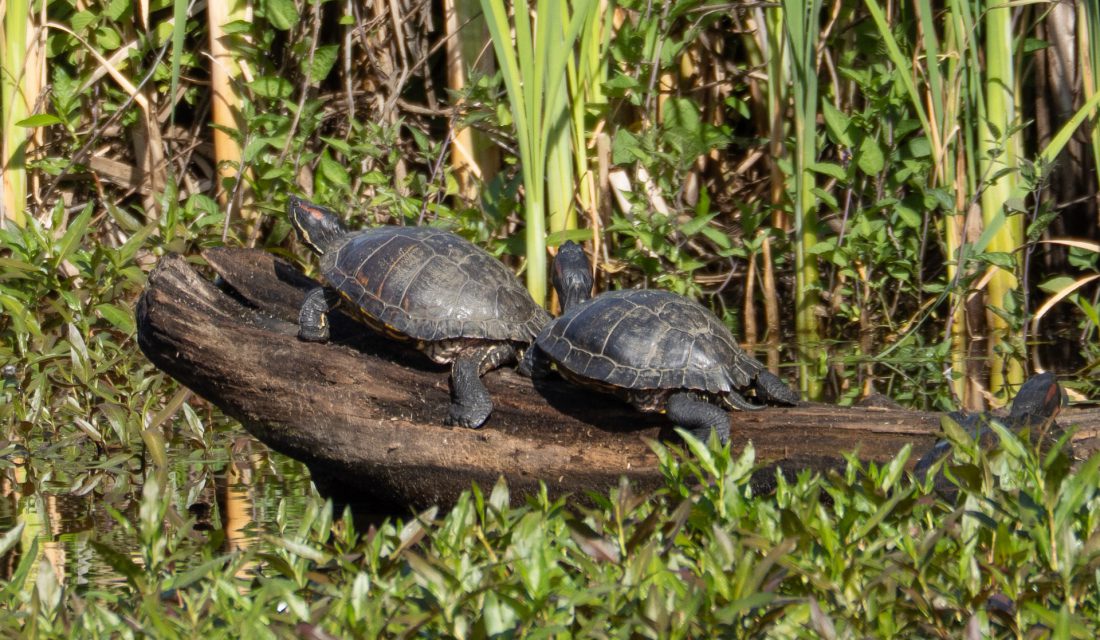
The data in iNaturalist also shows some scary statistics. Over 20 exotic (non-native) turtle species have been reported from Canada – that’s more than the number of native species of turtles. The good news is that most exotic turtles only have a few observations in Canada, and some of those may be observations of pet turtles in captivity rather than released pets in the wild. While there are few observations of most exotic species, there are almost 5,000 observations of Pond Sliders (commonly known by the subspecies name Red-eared Slider) in Canada, reported from every province aside from Prince Edward Island and Newfoundland. Most of the observations are in urban areas in southern British Columbia and Ontario. These exotic species can potentially compete with native species, and they may also spread diseases.
Your turtle observations have helped turtles!
Are these observations being used? Yes! iNaturalist observations help to assess the status and distribution of our native and exotic species. The CWF turtle team has used these observations to help confirm that exotic Pond Sliders will share basking sites with native turtle species, at least some of the time. In addition, we also used iNaturalist observations to determine that Northern Map Turtles with boat propeller injuries are not just limited to a few locations with lots of motorboats but are widespread across the Canadian range of the species, indicating that boat strikes are a major threat to the species. We also examined the spread of the exotic False Map Turtle in Canada and determined that successful breeding could occur in southern Ontario.
Keep ’em coming
Do we need more observations of turtles? Yes! Future observations of turtles are important for a number of reasons. They help to document the current status and distribution of species. Observations help detect new exotic species and monitor the spread of known ones. Observations over consecutive years can help confirm if an exotic turtle species can survive the winter in that location. Reports can track the location of sick or dying turtles. Observations of turtles found on roads can help determine the worst locations for road mortality and therefore priority locations for installing road mitigation.
Keep on turtling!

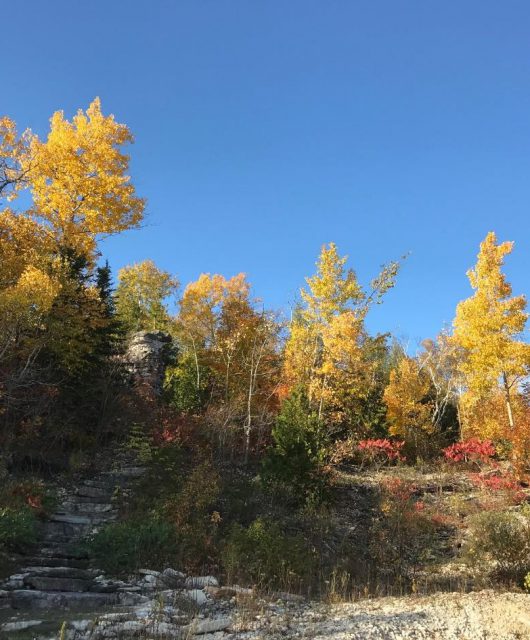

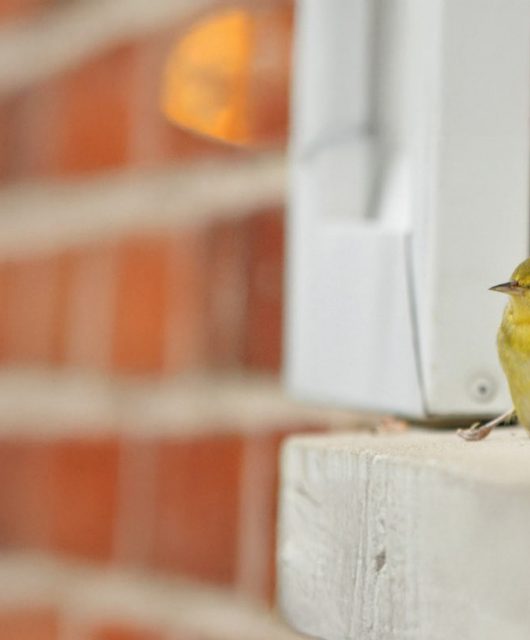
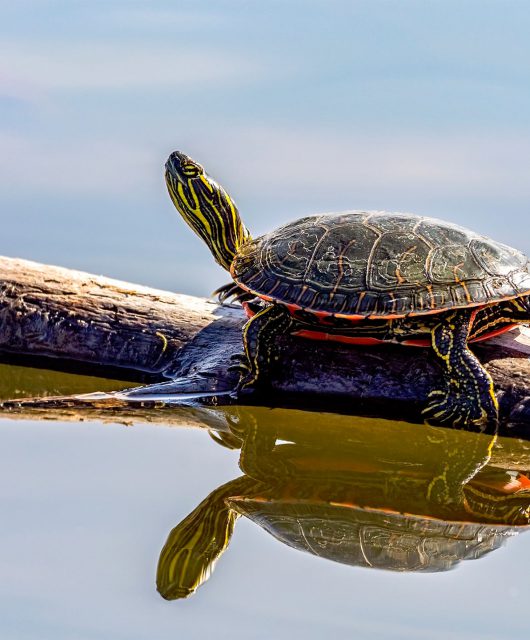

1 comment
Thank you for the information!